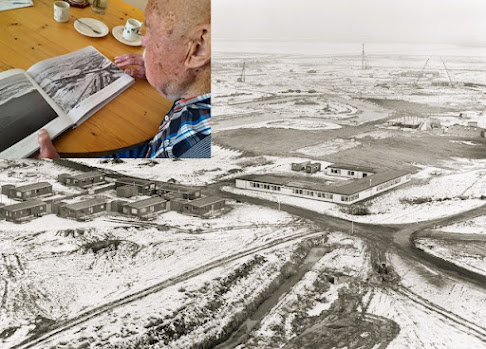When the Dutch radio news service interrupted regular programmes on the last day of 2022 for the obituary of the retired pope, Benedict XVI, it rained in the Netherlands.
Benedict XVI was averse to tradition. The only tradition he broke with as pope was his retirement. Otherwise, as pope, he was a fanatical guardian of tradition and the doctrine of faith.
Before taking office as pope, he was, among other things, the head of the Department of the Doctrine of the Faith at the Vatican. Originally from Bavaria, Joseph Aloisius Ratzinger had risen through the archdiocese of Munich to become prefect of the department of religious doctrine in the Vatican from 1981. He had become a kind of minister in charge of guarding the purity of religious doctrine. And he did so with great vehemence.
And Catholics in the Netherlands noticed that. In the 1960s, Dutch theology became known at home and abroad. Theologians from Nijmegen Catholic University became well-known Dutchmen, despite the Flemish origin of some. Schillebeeckx and Schoonenberg, in particular, trained a whole group of new theologians in the Netherlands and in Europe and regularly appeared on television programmes.
The thinking of Dutch theologians was not only confined to the Netherlands. The second half of the 1960s saw a whole wave of translations of their works. For instance, Frank Fehmers, the later producer of the international television series Barbapappa, was an adviser to a religious book publisher in New York, the Paulist Press. He put books from Dutch publishers out for reading reports among theologians and theology students and, if the report was favourable, for translations. However, when Ratzinger started agitating against the new-lighters like Kung, Schillebeeckx and Schoonenberg and others as a scholar from 1972 and became prefect of religious doctrine at the Vatican from 1981, the wave slowly rolled to its death and churches in the Netherlands emptied.
Tears will be shed in heaven, but in the Netherlands it rained and people prepared to say farewell tot the year 2022.
Jak Boumans (aka James M. Boumans) M.Div. (Master of Divinity) translated Dutch theology books ( The Sacrament of the Eucharist) during his studies from 1966 to 1970 at Notre Dame Seminary in New Orleans, La. In 1979, he handled the translation rights for Time of Life by Huub Oosterhuis.

















